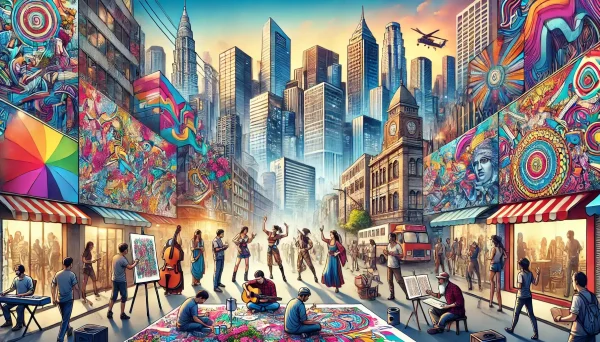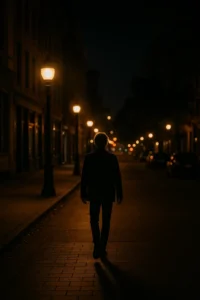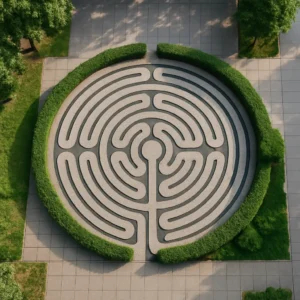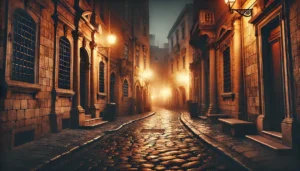Cities have always been powerful engines of creativity. As hubs of population, diversity, and innovation, urban centers shape the way art is created, shared, and experienced. From architecture and music to fashion, theater, and street performance, cities offer the environment where ideas collide and new cultural movements emerge. The influence of cities on global art and culture is not just about location—it’s about the energy, complexity, and inspiration that only urban life can generate.
Cultural Melting Pots
Cities bring together people from different backgrounds, languages, and traditions. This mix of cultures creates fertile ground for hybrid forms of expression. In places like New York, London, and São Paulo, you’ll find music that fuses global genres, cuisine that blends international flavors, and art that draws from countless cultural references. The diversity of a city becomes the palette for its creative community.
Urban Life as Artistic Inspiration
The pace, rhythm, and contradictions of city life are a constant source of inspiration. Painters capture the geometry of skyscrapers and the emotion of crowds. Photographers freeze candid moments in subways or alleyways. Writers find stories in everyday encounters on busy streets. Cities like Tokyo or Istanbul offer a sensory overload that challenges artists to interpret chaos, movement, and change through their work.
Street Art and Public Expression
Cities have turned into outdoor galleries. From the politically charged murals of Mexico City to the colorful graffiti of Berlin and the vibrant walls of Buenos Aires, street art reflects the voice of the people. Urban spaces give artists direct access to an audience and allow for spontaneous, unfiltered expression. These works often highlight social issues, celebrate local heroes, or reclaim forgotten corners of the city.
Centers for Artistic Movements
Many cultural revolutions were born in specific cities. Paris fueled Impressionism and Surrealism. Berlin became a cradle of experimental theater and electronic music. Harlem in New York ignited the Harlem Renaissance, a surge of Black artistic and intellectual life. These movements didn’t stay local—they spread globally, redefining what art and culture could be. Cities provide the conditions for these sparks to ignite.
Creative Infrastructure and Institutions
Museums, galleries, theaters, music venues, and art schools are often concentrated in cities, creating an ecosystem that supports artists. Cities like Los Angeles or Milan have built entire industries—cinema and fashion—that feed into global trends. Institutions not only preserve and display art but also fund, educate, and promote new talent. They act as platforms for emerging voices and spaces for public engagement.
Digital Culture and Global Reach
In today’s connected world, urban creativity doesn’t stay local for long. A song recorded in a bedroom in Seoul can go viral in Lagos or Berlin. A performance in a São Paulo square can reach audiences worldwide through video. Cities amplify culture through technology, turning local trends into global conversations. Urban influencers, creators, and collectives now shape cultural tastes beyond borders.
Resistance and Rebirth Through Art
Cities are also places of struggle—and art often emerges in response. From protest art in Cairo’s Tahrir Square to music born in the favelas of Rio, creativity becomes a form of survival and resistance. These expressions travel the world, bringing attention to political and social realities and inspiring movements elsewhere. Cities help artists find their voice in the midst of change, crisis, or conflict.
Preserving Heritage While Creating the New
Cities also act as guardians of cultural heritage. Historic districts, monuments, and local traditions coexist with contemporary trends. In cities like Marrakesh or Kyoto, ancient craftsmanship lives side by side with digital design. This balance between honoring the past and embracing the future creates unique cultural identities that resonate worldwide.
Conclusion: Cities as Cultural Powerhouses
Cities shape global art and culture by being places of convergence—where ideas meet, communities interact, and creativity flourishes. Whether through tradition or experimentation, protest or celebration, urban spaces continue to define how the world experiences beauty, meaning, and expression. In every skyline, subway, and street corner, cities pulse with artistic life that reaches far beyond their borders.







